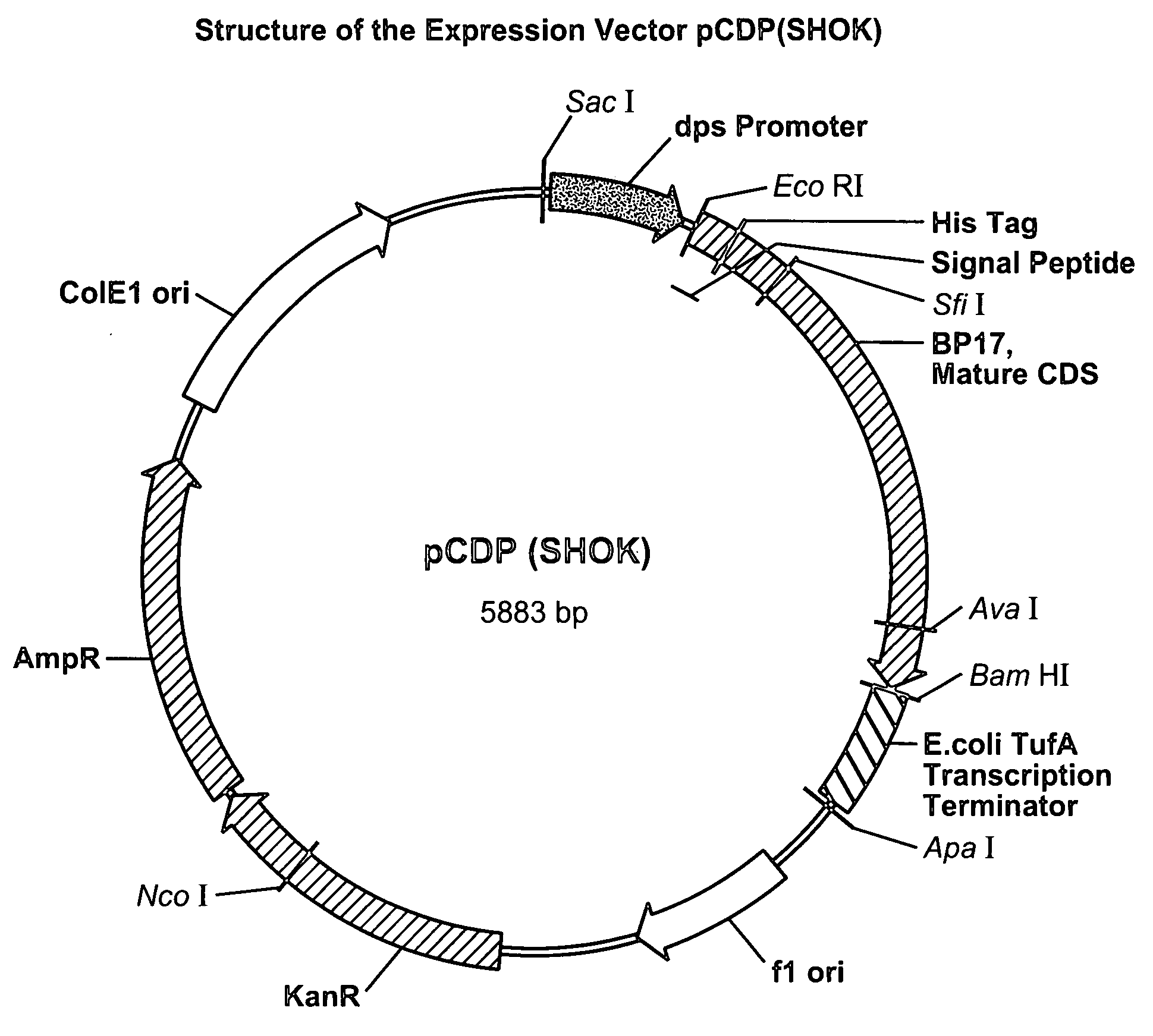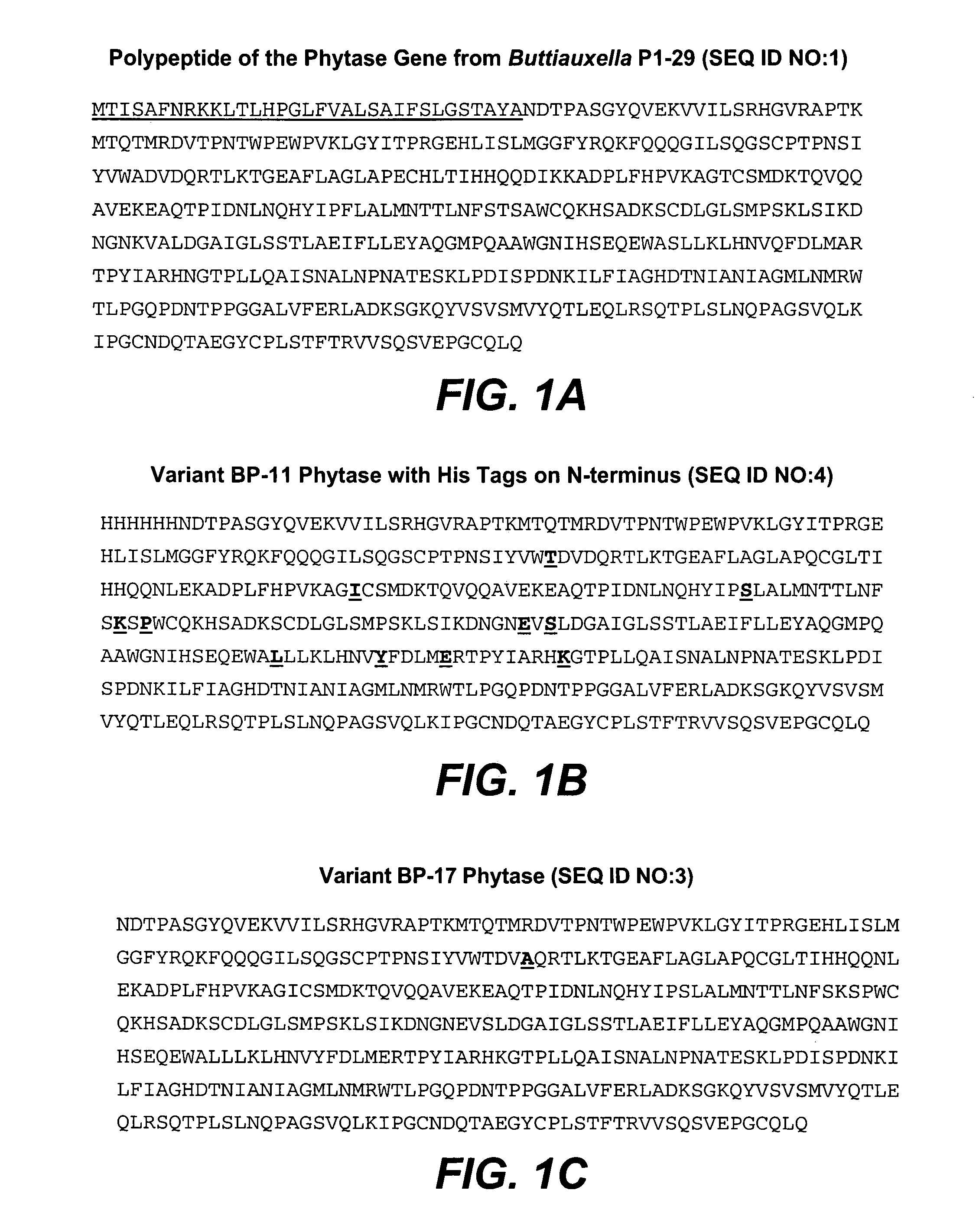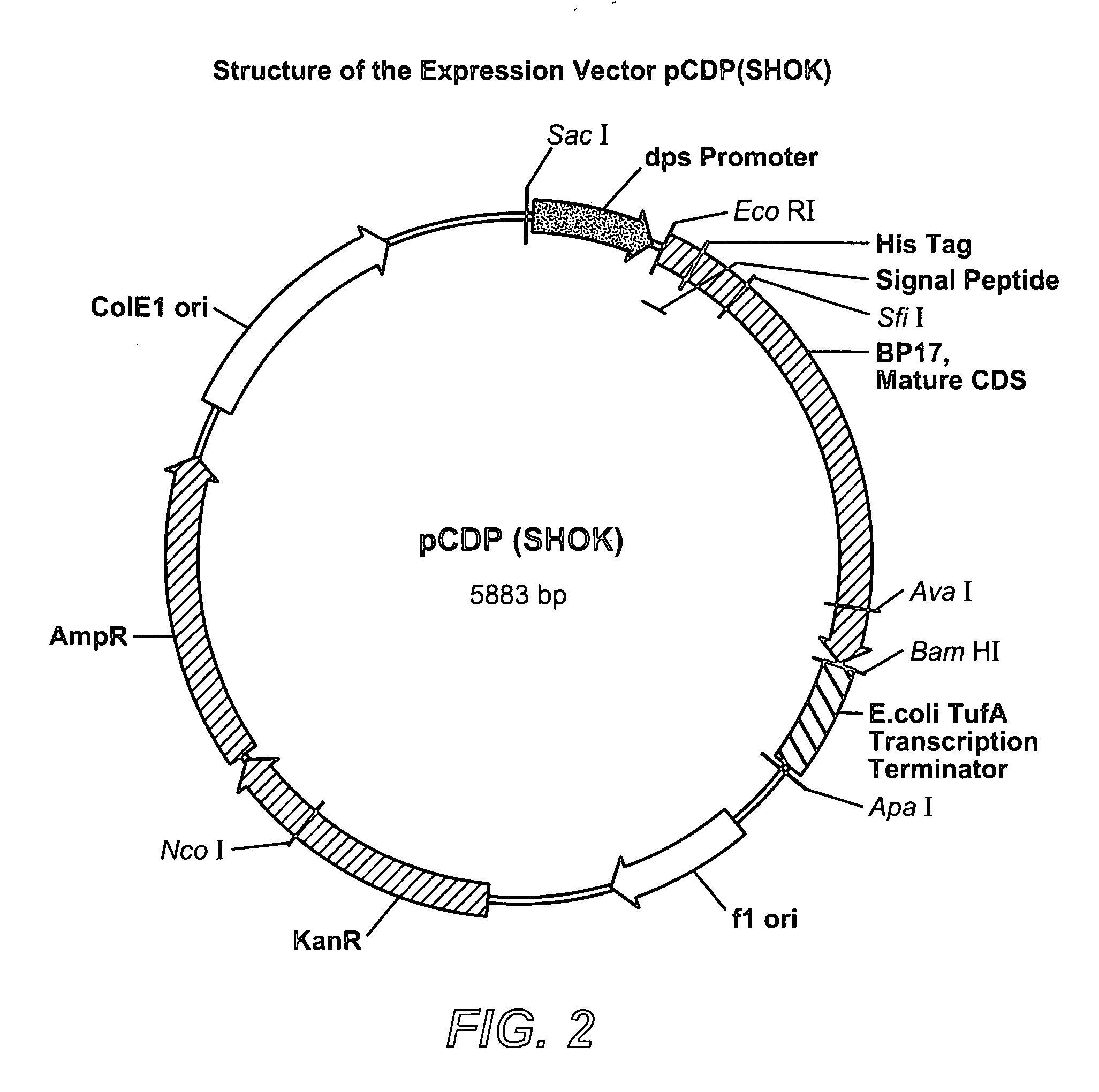Variant Buttiauxella sp. phytases having altered properties
a technology of buttiauxella and phytase, which is applied in the field of variable buttiauxella spp. phytase, can solve the problems of reducing the bioavailability of phosphorus in this form, reducing the phytase characteristic, and reducing the phytase activity of the phosphorus, so as to improve the phytase characteristic, and the effect of phy
- Summary
- Abstract
- Description
- Claims
- Application Information
AI Technical Summary
Benefits of technology
Problems solved by technology
Method used
Image
Examples
example 1
Generation and Characterization of Phytase Variants
[0126]In general, phytase variants were constructed by mutagenesis of the nucleotide sequence SEQ ID NO:5 using mutagenesis methods such as those methods disclosed in Morinaga et al (Biotechnology (1984) 2, p 646-649); in Nelson and Long (Analytical Biochemistry (1989), 180, p 147-151); or the Error Threshold Mutagenesis protocol described in WO 92 / 18645. Another suitable method for mutagenic PCR is disclosed by Cadwell and Joyce (PCR Methods Appl. 3(1994), 136-140).
[0127]Phytase enzyme variants were characterized after heterologous expression in one or more of the following expression hosts: Escherichia coli K12; Bacillus subtilis; Saccharomyces cerevisiae. Phytase variants were derived which differed in one or more amino acid positions from SEQ ID NO: 1, including two positions, three positions, four positions, five positions, six positions, seven positions, eight positions, nine positions, ten positions, eleven positions, twelve ...
example 2
Variants of BP-11
[0128]Three different strategies were used to obtain variants of BP-11 which included random mutagenesis, directed mutagenesis and site saturation mutagenesis.
[0129]A. Random mutagenesis and high throughput screening were performed according to the teachings described in WO 2006 / 043078 for obtaining BP-WT mutants, such as BP-11.
[0130]One specific variant of BP-11 obtained by this method was designated BP-19. BP-19 differs from BP-11 by a substitution at position 54 (Y54H), 84 (S84G), 190 (S190G), 220(I220V) and 289 (N289D) corresponding to SEQ ID NO: 4.
[0131]Using the assay as described above to measure specific activity, it was determined that BP-19 has a specific activity at pH 4.0 that was higher 26% higher than BP-11 and reference is made to Table 1.
[0132]B. Directed mutagenesis of three specific residues was performed on the BP-WT backbone and the BP-11 backbone which corresponds to positions G221S, T225M and N276R of SEQ ID NO:4. The mutant BP-15 was obtained ...
example 3
Expression of BP-17 in E. coli
[0135]The DNA sequence of the BP-17 mutant was modified for expression in E. coli by including DNA sequences that encode the signal sequence of the wild-type Buttiauxella phytase followed by “6×His tag” and the coding sequence corresponding to the mature Buttiauxella phytase mutant BP17. Using standard genetic engineering methods this nucleotide sequence was inserted between the promoter of the E. coli dps gene and transcription terminator of the tufA gene, also derived from E. coli.
[0136]The expression cassette was inserted between SacI and ApaI restriction sites of the E. coli vector pCR 2.1. (Invitrogen) resulting in plasmid pCDP(SHOK). The structure of the expression vector pCDP(SHOK) is illustrated by FIG. 2.
[0137]E. coli strain XL-Blue MRF' transformed with pCDP(SHOK) was cultivated in shake flasks at 37° C. and 200 rpm using standard LB medium with addition of 50 mg / l of kanamycin. At this stage, the culture medium accumulated significant amoun...
PUM
| Property | Measurement | Unit |
|---|---|---|
| Fraction | aaaaa | aaaaa |
| Mass | aaaaa | aaaaa |
| Mass | aaaaa | aaaaa |
Abstract
Description
Claims
Application Information
 Login to View More
Login to View More - R&D
- Intellectual Property
- Life Sciences
- Materials
- Tech Scout
- Unparalleled Data Quality
- Higher Quality Content
- 60% Fewer Hallucinations
Browse by: Latest US Patents, China's latest patents, Technical Efficacy Thesaurus, Application Domain, Technology Topic, Popular Technical Reports.
© 2025 PatSnap. All rights reserved.Legal|Privacy policy|Modern Slavery Act Transparency Statement|Sitemap|About US| Contact US: help@patsnap.com



